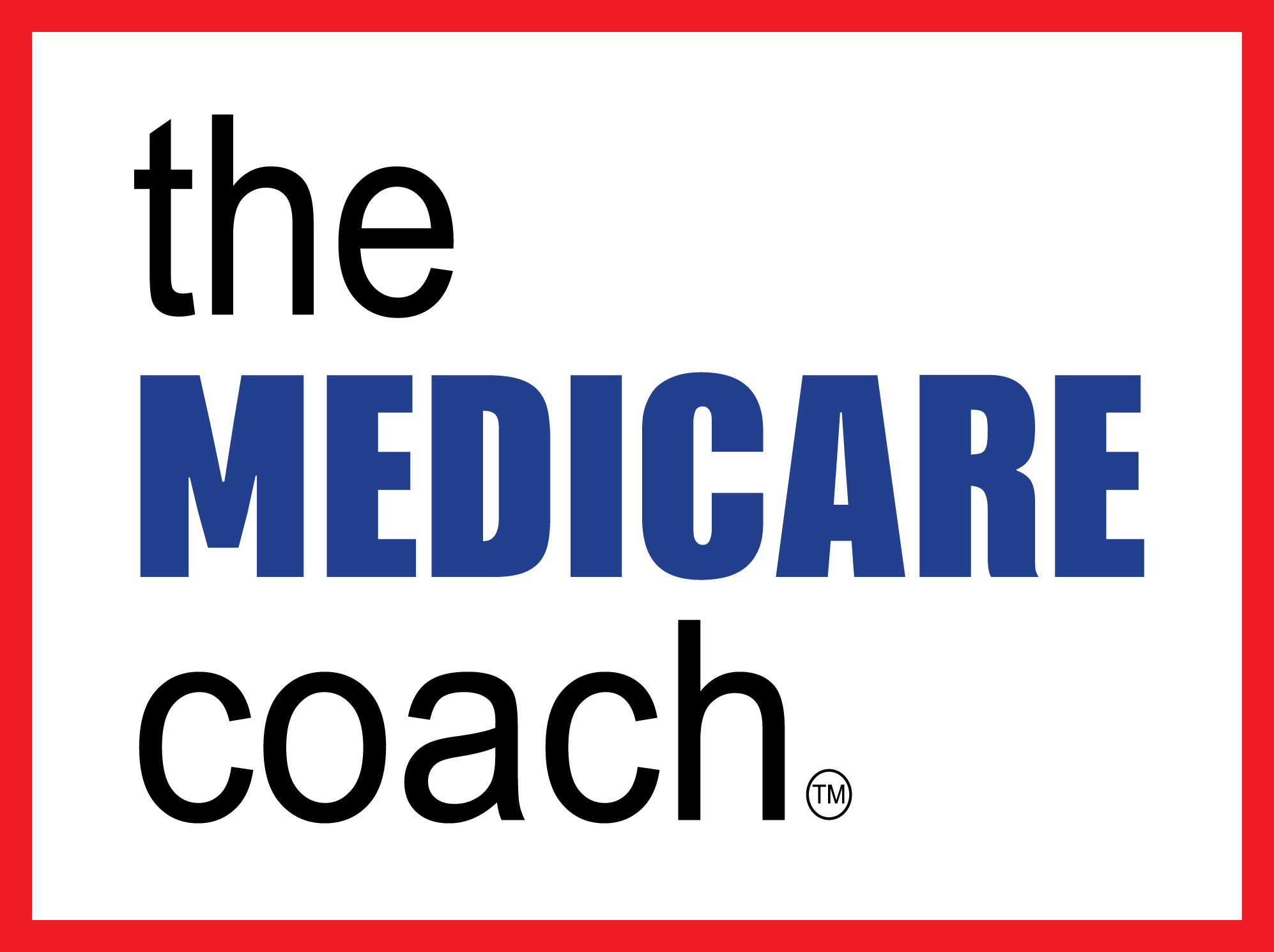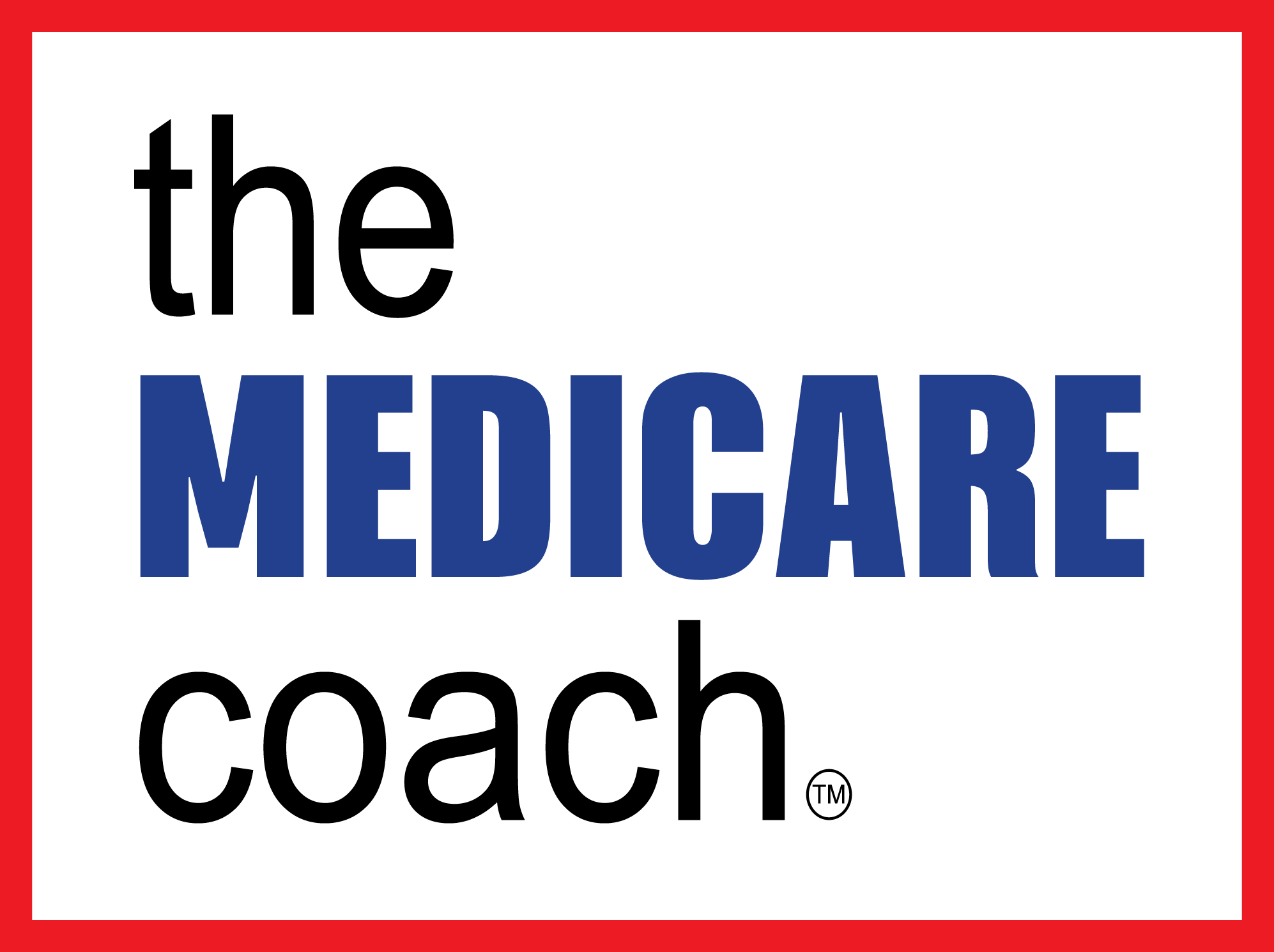One of the number one concerns we see when helping our clients with Medicare is cost. They wonder what premiums will cost every month, their deductibles, co-pays, and things of that nature.
This is a critical number to understand so that you’re prepared to know what you will pay for your healthcare premiums and out-of-pocket costs once you join Medicare.
Healthcare is one of the biggest expenses that we all have.
In this blog, I want to get clear about what you should consider estimating for a budget for Medicare when planning for retirement.
Let’s start with premiums.
Now, Medicare Part A is usually free for everyone. Assuming you or your spouse have worked 40 quarters, you won’t pay anything for Medicare Part A.
Medicare Part B in 2021 is $148.50 a month for most people. It may cost less if you qualify for Medicaid, but it can also be more expensive if you have a higher income.
Your next cost will be based on which Medicare program you pick, either Original Medicare or Medicare Advantage.
With Original Medicare, you will need to add a supplement (Medigap) plan and a Part D plan to your Medicare Parts A and B.
With Medicare Advantage, all different coverages are rolled into one plan, including prescription drug benefits. If the Advantage plan doesn’t include Medicare Part D, you will have to get one separately.
Whether you go Original Medicare or Medicare Advantage, it’s safe to budget anywhere from $250-$400/month in premiums for most people.
Keep in mind, with Original Medicare paired with a Medigap plan, you can minimize your annual out-of-pocket expenses. As for spending on Advantage Plans, most of the medical services you receive will have co-pays, and you are hit with those all year long as you work towards your significant out-of-pocket limit.
When we think about financial planning and planning for your retirement, I recommend that you assume that healthcare premium costs will increase between 3-8% a year.
For example, in 2020, Medicare Part B was $144.60 a month. The increase in 2021 was very slight, but we expect it to go up again in 2022.
Additionally, there are some other costs I want you to consider when planning.
Medications
Medicare Part D covers most medications. Each plan has a different formulary with its monthly premium and an annual deductible that you work towards. Some medications may still be expensive, especially brand name or treat serious conditions like heart disease, diabetes, and cancer.
Long-Term Care
Long-term care is another expense that a lot of people don’t consider. If you do not already have a long-term care insurance policy, those costs can add up quickly when you enter a care facility. Unfortunately, Medicare doesn’t provide coverage for long-term care. It will cover skilled nursing care after a qualifying hospital stay for therapy and rehabilitation. Still, it doesn’t cover the long-term care people may need in terms of custodial care.
The key thing I want you to know is that Medicare can be affordable when you know how to make that right decision. It’s important to include things like potential medication costs and long-term care costs.
I don’t want you to be afraid that Medicare will cost you an arm and a leg again by retiring. People are often surprised to find that Medicare coverage is cheaper than what they had prior with equal or even better benefits!




